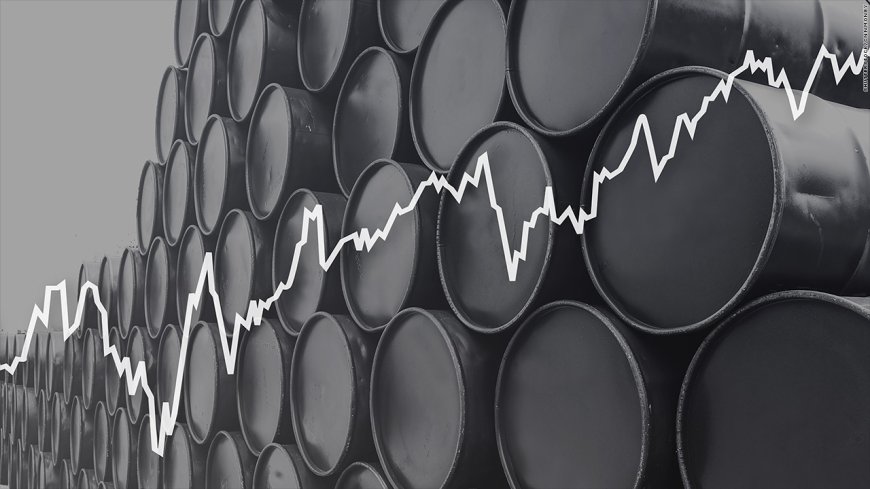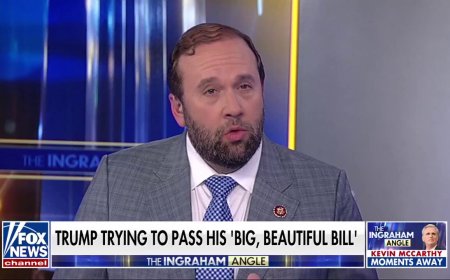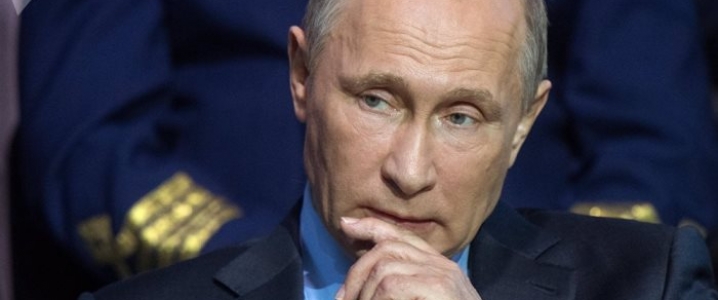How Traders Capitalized on Oil's Extreme Price Swings

The oil market didn’t disappoint rollercoaster-ride fans in the first half of the year with wild price swings and sudden dips and price hikes.
U.S. trade policies, OPEC+ production policies, and the on-and-off war premium have all influenced market movements and traders’ behavior and strategies at some point over the past six months.
Oil Price Slump
Brent oil prices traded in a fairly narrow range in the first quarter of the year, in the low to mid $70s per barrel. Hedge funds and other portfolio managers expected a recovery in China’s industrial activity and oil consumption amid continued OPEC+ production cuts. Traders bet on stronger global oil demand amid restricted supply, while the Fed signaled inflation is tamed and additional interest rate cuts would follow soon.
However, the price of oil collapsed at the start of the second quarter. U.S. President Donald Trump announced sweeping tariffs on all countries, threatened a trade war with Canada, America’s top trading partner, and intensified trade pressures on China.
The so-called ‘retaliatory’ tariffs on dozens of countries—now suspended—plunged the equity and oil markets into chaos.
Speculators began to fear recessions, including in the United States. Investment banks elevated the risk of a U.S. recession to a base-case scenario. Traders bet on falling oil prices, amassing short positions.
To compound the price slump, the OPEC+ group began in April what analysts believe is a strategy to regain market share and punish U.S. shale. The alliance led by Saudi Arabia has been consistently raising collective output by 411,000 barrels per day (bpd) each month, nearly triple the volume originally scheduled.
OPEC+ continues to cite “current healthy oil market fundamentals” to justify its production hikes. In reality, the group has been adding lower volumes than the baseline figure of 411,000 bpd, as some producers appear to now sincerely work to compensate for previous overproduction. Such is the case of Iraq, OPEC’s second-biggest producer after Saudi Arabia.
But non-OPEC Kazakhstan has been openly defying the group’s targets as it continues to raise production from projects involving international majors such as Chevron.
Kazakhstan’s Energy Minister Yerlan Akkenzhenov confirmed in May that “the republic has no right to enforce production cuts” on foreign operators.
Despite Kazakhstan’s production growth, the OPEC+ producers are adding fewer barrels to the market than the headline figure of 411,000 bpd. Compliance and compensation levels have been and will be key for traders and investors to guesstimate how much additional crude OPEC+ is really adding each month.
For now, it looks like OPEC+ is going after market share and depressing prices for the U.S. shale producers.
In the latest Dallas Fed Energy Survey out this week, 61% of executives expect their firms’ oil production would decrease slightly from June 2025 to June 2026 if the WTI price remained at $60 per barrel. At WTI price at $50 per barrel, 46% of executives expect their firms’ oil production would decrease significantly from June 2025 to June 2026.
Oil Price Spike
After the slump in April and May, oil prices jumped in June to a four-month high at the beginning of the 12-day war between Israel and Iran. Traders feared a disruption to oil and gas supply from the Middle East, and were speculating that the mother of all disruptions – an Iranian attempt to close the Strait of Hormuz – shouldn’t be too easily discarded.
With the start of the conflict, traders hiked their bullish bets on oil prices by the most since last October. At the same time, short positions – bearish bets that prices would drop – hit the lowest level in four months.
The price spike was short-lived as the U.S. ended the conflict (for now) by bombing three Iranian nuclear sites. The ceasefire added volatility to the market, which saw wild swings in June and traders followed the trends.
Brent crude surged by more than 30% in just three weeks, peaking on June 23, before nose-diving in its biggest two-day drop since 2022, erasing most of the gains from summer demand expectations and the Middle East risk premium, Ole Hansen, Head of Commodity Strategy at Saxo Bank, said in a commentary early this week.
The latest commitment of traders reporting week to June 24 saw a dramatic unwind across commodities, sparked by the sudden easing of Middle East tensions following a U.S.-brokered ceasefire, Hansen added.
“Crude oil took the biggest hit, with WTI and Brent futures tumbling 12%, while gold and silver also lost their shine as safe-haven demand faded.”
Trend-following funds and managed money accounts reacted swiftly to the fading war premium, unloading 95,500 crude oil contracts and wiping out more than half of the previous three weeks’ buildup. Brent saw the biggest unwinding in longs, with the net long position – the difference between bullish and bearish bets – slashed by 29%, Saxo Bank’s Hansen noted.
Going forward, traders will take clues from geopolitics and U.S. trade policies, the OPEC+ moves to add supply to the market, the Fed’s dot plot of the pace of expected interest rate cuts, the strength (or weakness) of peak summer oil demand, and the ever-present but currently subdued war risk premium in the Middle East.
By Tsvetana Paraskova for Oilprice.com










































